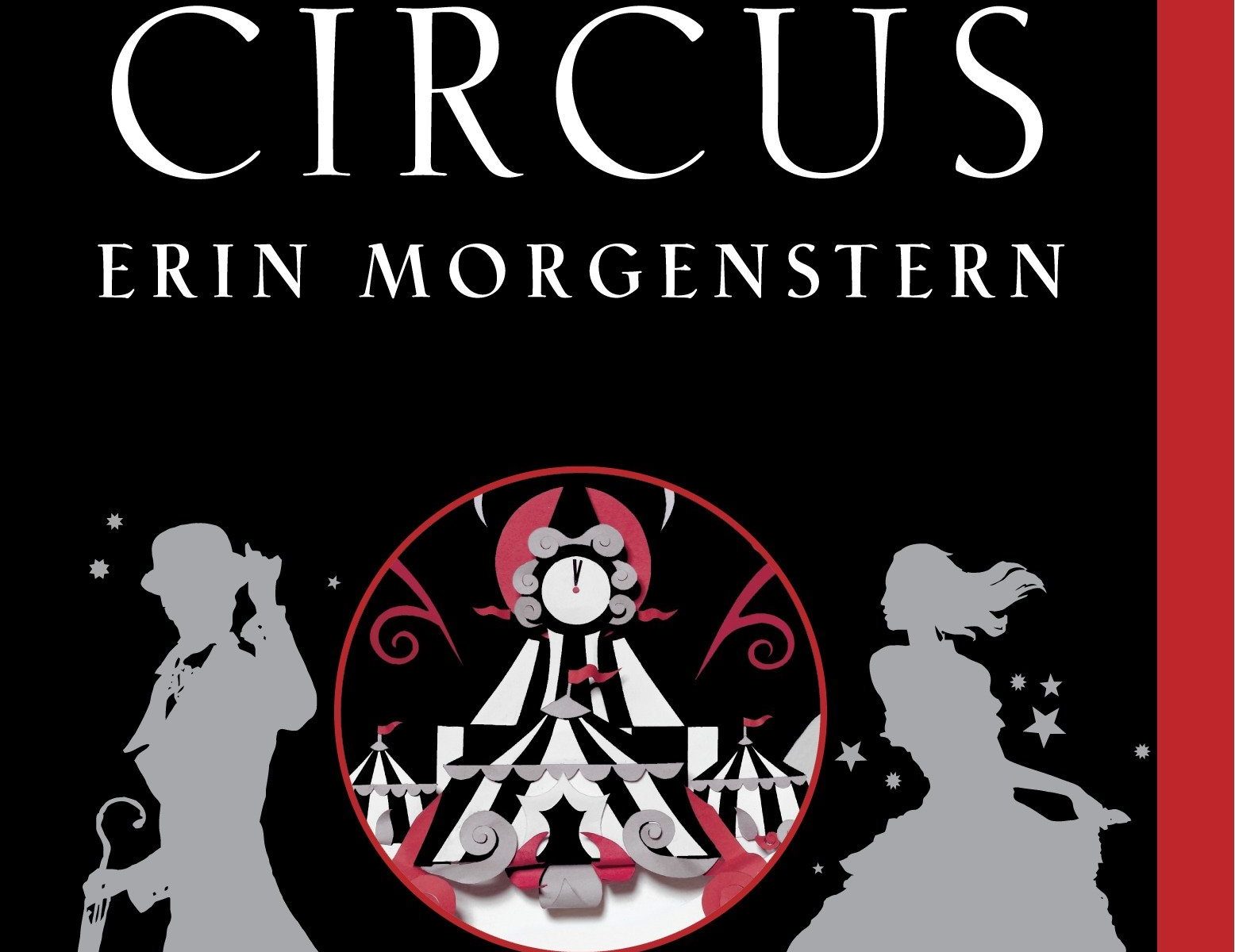A novelist is a circus impresario, someone who puts on a grand performance for the reader. The chapters are tents, the characters the circus performers and the narrator a kind of ringmaster. How can you measure one circus against another? For that matter, how can you measure one circus performer against another? What matters is that the audience keeps wanting more, keeps wanting to come back because they sense, albeit dimly, that what they’re witnessing is truly fantastic, something spiritual not just material.
Erin Morgenstern pursues this metaphor throughout her novel The Night Circus. Why night? Probably because the circus is a waking dream, and fiction, Morgenstern’s analogue for the circus, is the mirror image of the daytime and “real life.” In 1870s Victorian England, two magicians challenge one another to a contest via their students. They’ve done this before. The man in gray, Alexander, seems to have won the past few. But now his opponent, who goes by the name Prospero, has his daughter as a student. Alexander claims Marcos from an orphanage as his pupil. Prospero and Alexander set to work training their respective students, and the novel recounts the outcome of their battle.
Marcos learns magic from books. Celia, Prospero’s daughter, learns magic through experience. Eventually, they both get entangled in a night circus that travels across Europe and America. As Marcos and Celia discover they are each other’s opponents, they also fall in love even as they realize that they can’t remove themselves from the conflict they’re in without harming those who find themselves inside the circus too.
The book is a more popular version of Susanna Clarke’s Jonathan Strange and Mr. Norrell. Its stylistic flourishes are best captured in multiple interstitial chapters written in the second person where Morgenstern creates the experience of the circus for you. This is what the circus I supposed to be like for the audience members who become devoted fans of the traveling show. In fact, the best part of the book is Morgenstern’s willingness to go back and forth between the performers that make the circus great and the experience of the fans or reveurs who follow the circus wherever it goes. For if Morgenstern is the ringmaster, then this book’s legions of fans are the real-world reveurs. Morgenstern has actually given us a lesson in how to enjoy a piece of art.
As for the book’s deeper engagement, however—the question of what best fosters
creativity or how one might measure art—the book has less to say. The prose and
short chapters and somewhat out of order plotline are all sleight of hand to
cover over the fact that there’s not much of substance there. You get a beautiful
flourish, something that’s worth looking at while it’s happening, but not
really a book that rewards excessive pondering. Sometimes one trip to the
circus is enough. The questions the book provokes deserve engagement, but
ironically they are best thought while reading another work. The book lacks a
spiritual core. Mr. Gray mentions the conflict of chaos and order at the play’s
end, but the true reasons for sacrifice are love and art. Why love? It offers
order and community in an often transient world. Why art? It’s better than
reality.
The problem is that when you look behind Morgenstern’s curtain and see what all that art is referring back to, you just get a handful of air.

